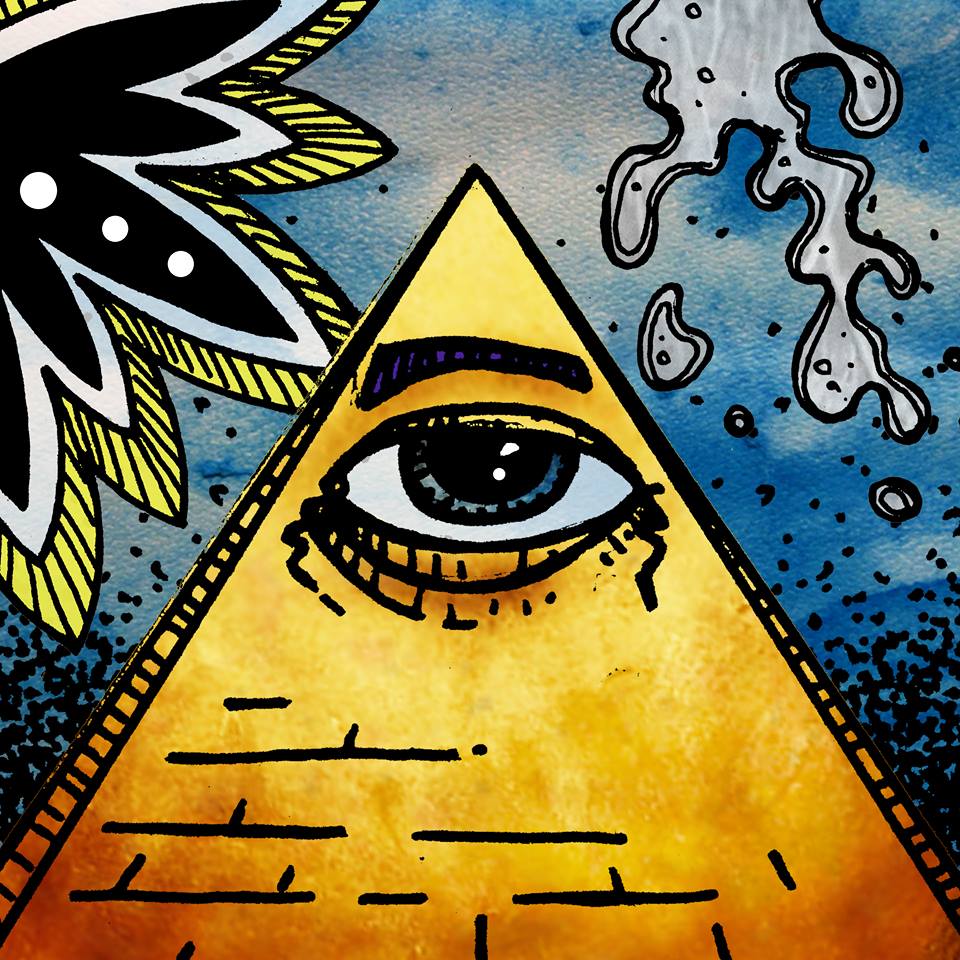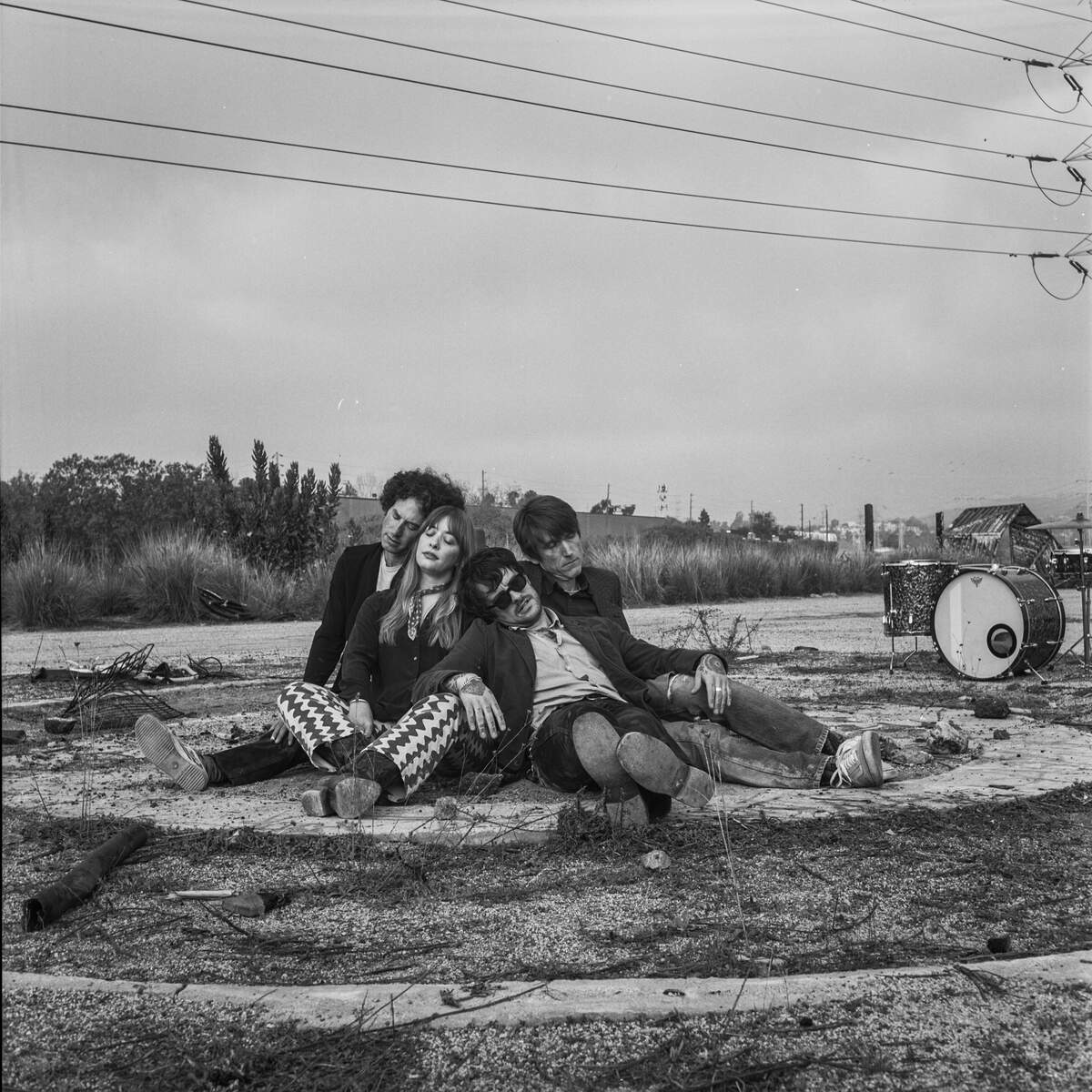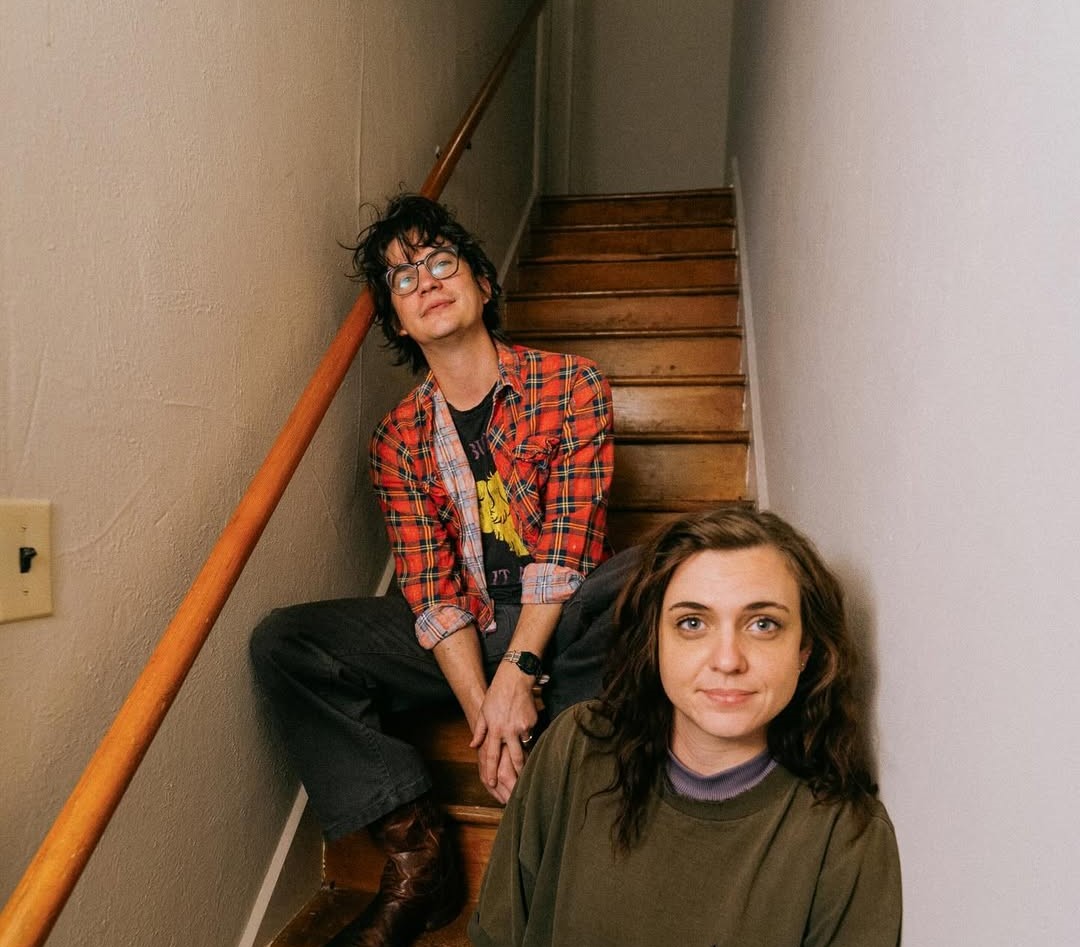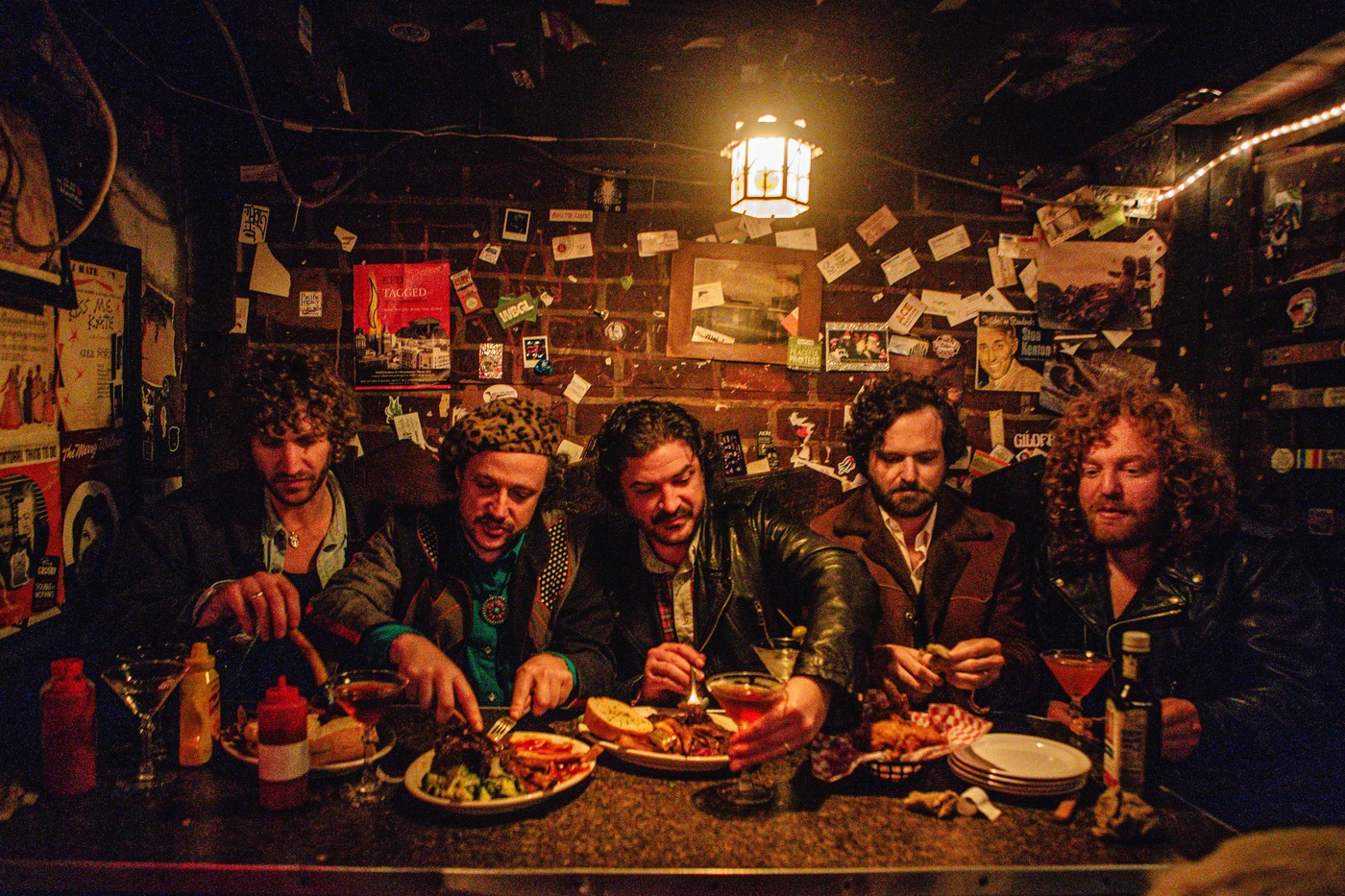Canterbury sounds outside of Canterbury
Different climates on our planet have produced different sounds, shaped by the prevailing mentality, the history of the people, and the places where unique musical expression arose: Siberian throat singing, Celtic laments steeped in sorrow and turmoil, Indian ragas that even gods are said to dance to, the hunting songs of Native Americans, and so on.
A similar diversity of musical expression can be found in rock music. We can distinguish between the West Coast scene, the Bosstown sound, krautrock, the London blues scene, the Liverpool sound, Anatolian rock, Zamrock, and more. There is always something mysterious—an unfathomable blend of emotion and sound—that makes each scene so recognizable. Sometimes it is the accent, sometimes the guitar tone, sometimes the style of production. Often, the roots of a scene can be traced back to its earliest figures. The London blues scene, for instance, can be understood through Alexis Korner and John Mayall, just as krautrock can be traced back to Limbus or the early projects of Klaus Doldinger. An individual or a group emerges, influences others, gathers followers, and eventually opens new paths.
It is important to note that the sound of any of these scenes is not fixed or unique. Just as the traditional music of any region hides a wealth of creativity and variation, so too does every rock scene. History shows us that nations and cultures inevitably touch each other, resulting in mutual influence—for example, the fascinating similarities between Indian and Afghan music. A local expression often spreads across the world. Blues is a perfect example: it began by tracing the struggles of African Americans across the United States, then crossed the Atlantic, flourished in London, and from there spread globally through the winds of media. Thus we had Cuby & the Blizzards in the Netherlands, Burning Plague in Belgium, the Underdogs in New Zealand, Otis Waygood in South Africa, Pappo in Argentina, Javier Bátiz in Mexico, and so on. The same pattern occurred with reggae and bossa nova.
An especially interesting case is the Canterbury scene. Its seed was planted with the Wilde Flowers, a band that included several important figures who later laid the foundation for groups such as Soft Machine, Caravan, Camel, Egg, and Matching Mole.
The Canterbury sound is difficult to describe, yet strangely recognizable. In its early years (Soft Machine, Arzachel, Caravan), it was characterized by thick organ layers evoking dreamlike landscapes, occasionally disrupted by blistering drum fills or nervous bursts of heavy bass. Increasingly, it flirted with jazz elements, which became even more prominent in later years (Soft Machine’s later work, National Health, Hatfield and the North). This sound resonated across the world. Some bands tried to fully emulate it, while others let it seep into only certain compositions.
For instance, Polish musician Czesław Niemen, on his 1969 album Enigmatic, often approached the Canterbury sound with his use of the organ—whether by coincidence or genuine influence is uncertain. In Germany, two albums stand out: Electrip (1969) by Xhol Caravan and Osmose (1970) by Annexus Quam. Both offered a wonderful synthesis of psychedelia and jazz, merging in a free-flowing atmosphere of drugged improvisation and musical stream-of-consciousness, especially in Annexus Quam’s case.
The Dutch band Supersister, on their debut Present from Nancy (1970), imitated the early Canterbury sound so well that it felt more Canterbury than some later Canterbury bands. Trippy organ, manic drumming, and gut-shaking bass dominate the record.
Mexico contributed with El Tarro de Mostaza, whose epic track “Obertura brillo de luz” (1970) channeled the spirit of Soft Machine in a long jam soaked in Canterbury energy. In France, Moving Gelatine Plates released World of Genius Hans (1971), a jazz-influenced work full of nervous tension, where guitar and bass seem locked in conflict while the organ acts as a mediator, entering discreetly but striking at just the right moments. Another French band, Travelling, on their album Voici la nuit tombée (1973), evoked the memory of early Canterbury groups such as Arzachel and Caravan.
In Italy, Dedalus leaned heavily toward the jazzier side of Canterbury. On their self-titled 1973 album, they created a more relaxed, fluid sound compared to the intensity of Moving Gelatine Plates, though their later works grew more experimental.
Even behind the Iron Curtain, the Soviet Melodia Ensemble, led by jazz musician Georgy Garanian, displayed Canterbury influence on their 1974 album Labyrinth, with its powerful bass, atmospheric textures, and striking drum patterns.
That same year, Belgium’s Cos released their debut Postaeolian Train Robbery, a heady mix of progressive rock, jazz, and echoes of psychedelia.
The sound reached Japan as well, influencing groups like Ain Soph and Jimmy, Yoko & Shin, who built their music on the complex jazz-rock structures of later Canterbury. Notably, Japanese musician Stomu Yamashta and his group East Wind were directly connected to the original Canterbury scene, working alongside musicians such as Gary Boyle (Isotope) and Hugh Hopper (Soft Machine).
To play good blues, you do not need to be an old Black man. To play a good beat, you do not have to be from Liverpool. To create psychedelic music, you need not come from San Francisco. Music is not bound by place, age, gender, or race. In its primal form, it is universal. The Canterbury sound, like any other kind of music, comes first from the heart and then radiates outward into the world.
Martin Okun



